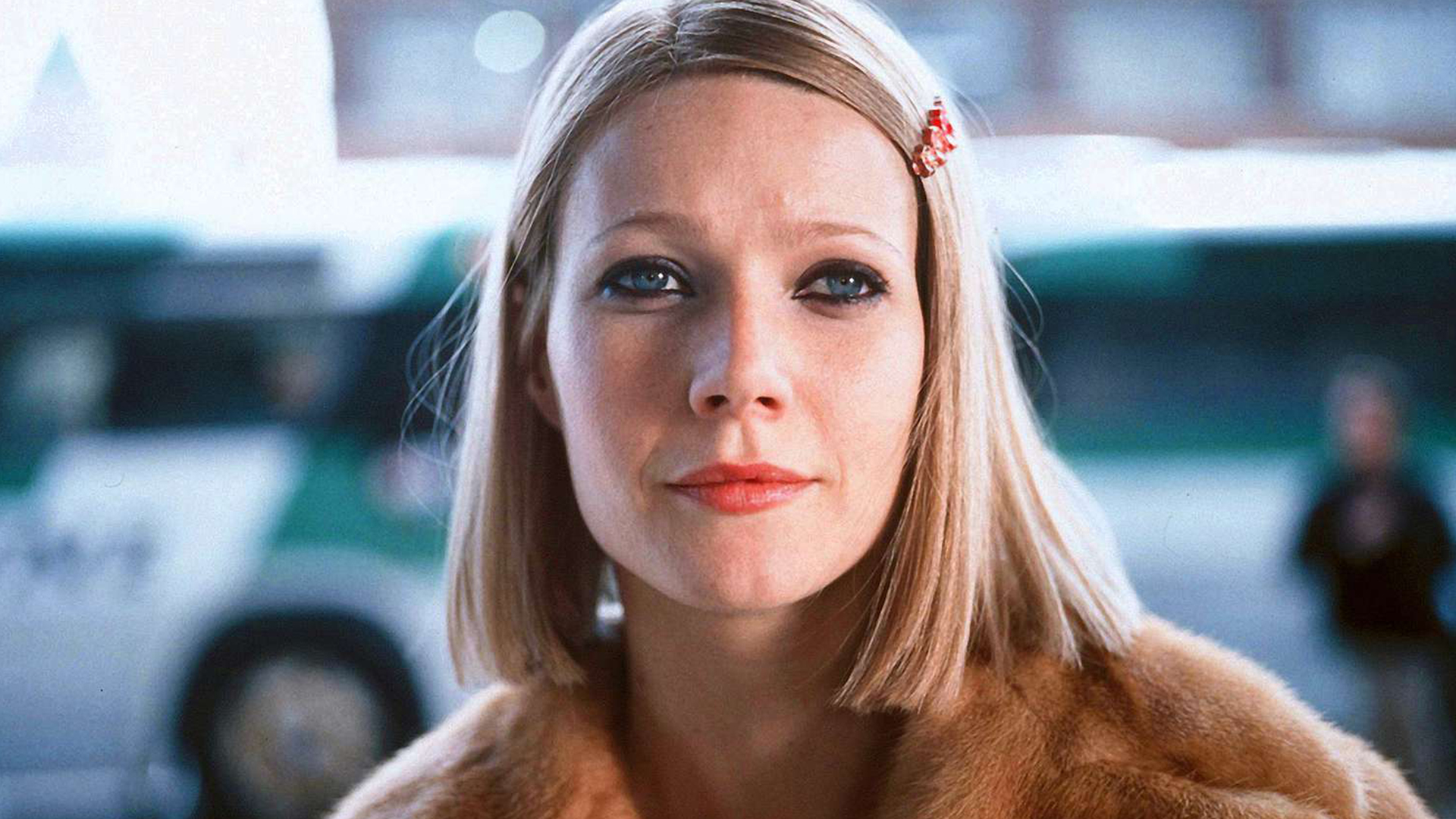Director: Nahid Persson Sarvestani
Sweden, 2008, Blu-Ray, Color, 90’
English, Sweedish,Persian, Turkish and English Subtitles
The director decides to make a documentary about Farrah, the wife of Iran’s shah. Nahid Persson Sarvestani who spent her childhood in poverty has watched her wedding like a fairy tale. Queen Farrah meets her like another refugee from her country and the director gets into the queen’s world for one and a half years, with a plan to confront the ideology of the shah. When the fact that Nahid Persson Sarvestani had previously opposed to the shah is revealed, the queen ceases the shooting but they maintain a close friendship, trying to understand each other’s experiences.

The New Year is more than just a date change on the calendar. It often marks a turning point where the weight of past experiences is felt or the uncertainty of the future is faced. This season, Pera Film highlights films that delve into themes of hope, regret, nostalgia, and new beginnings.
Tuesday - Saturday 10:00 - 19:00
Friday 10:00 - 22:00
Sunday 12:00 - 18:00
The museum is closed on Mondays.
On Wednesdays, the students can
visit the museum free of admission.
Full ticket: 300 TL
Discounted: 150 TL
Groups: 200 TL (minimum 10 people)